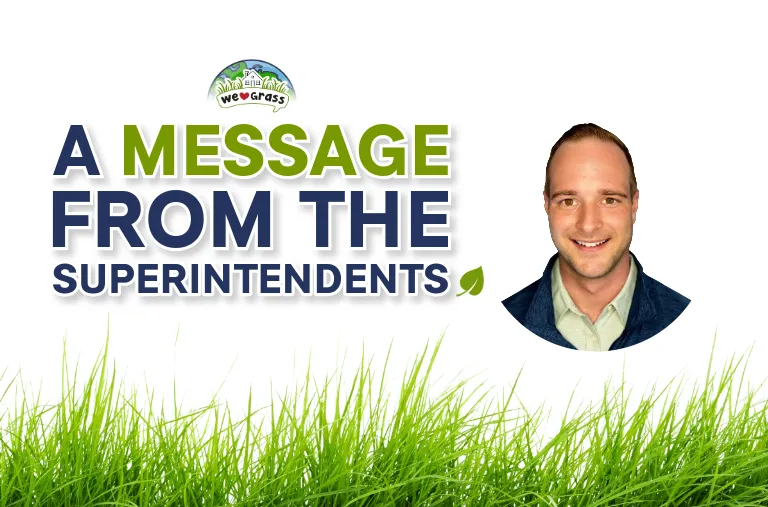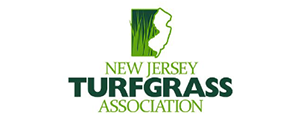As we shake off the winter chill here in New Jersey, I’ve been thinking a lot about what this past season means for our lawns. If you’ve been with us for a while, you know that no two years are ever the same when it comes to lawn care. Every season tells a different story—and this past winter was an unusual one.
We saw a record-dry fall, which caused many lawns to slip into dormancy much earlier than usual. Then, winter rolled in with only about 12 inches of snow—far below our typical totals. That might not seem like a big deal, but here’s why it matters:
How This Winter May Impact Your Lawn
❄️ Less Insulation: Snow isn’t just pretty—it acts like a natural blanket, protecting the soil and grass roots from extreme temperature swings. With minimal snow cover this year, some areas may have experienced more stress than usual.
💧 Drier Soil: Fall is typically a time for deep root growth, but with so little rainfall before dormancy, lawns didn’t get the hydration they needed going into winter. That could lead to some extra stress this spring.
🌱 A Hungrier-Than-Usual Wake-Up: Grass will still wake up this spring—but it’s likely to be extra hungry after such a tough dormancy period. Some lawns might take longer to green up, and some areas may come back patchy or weak.
If your lawn is looking a little rough in the next few weeks, don’t panic. It’s not just your yard—it’s a widespread issue we’re expecting across New Jersey.
What We’re Doing to Help Your Lawn Bounce Back
We’re adjusting our spring program to give your lawn exactly what it needs during this tricky transition period. Here’s our plan:
✅ Stronger Early-Season Nutrition: We’re tweaking our fertilizer applications to provide more of what your lawn needs to wake up healthy. Think of it like breakfast after a long night’s sleep—your lawn needs fuel to start growing again.
✅ Pre-Emergent Still Comes First: While it might be tempting to jump right into seeding bare spots, we believe applying pre-emergent weed control is the priority right now. Preventing weeds from taking over will help your lawn establish a healthier base for long-term success.
✅ Supplemental Seeding in May: If some areas are struggling to fill in, we anticipate that overseeding in May will be necessary. By waiting until then, we can ensure we’re getting the best results—rather than fighting against pre-emergent or unpredictable early-spring weather.
✅ Soil Sampling for Precision Care: This year, more than ever, it’s critical to understand exactly what your soil needs. If you’re unsure about your lawn’s condition, a soil test can tell us if any underlying issues—like pH imbalance or nutrient deficiencies—need to be addressed.
What You Can Do to Help Your Lawn Right Now
If you want to give your lawn the best chance for a smooth recovery, here’s a simple DIY tip:
🌾 Give Your Lawn a Light Rake: This helps loosen up debris and allows air and nutrients to reach the soil.
🛑 Hold Off on Seeding (For Now): As tempting as it is, seeding too early can interfere with pre-emergent weed control. For the best results, apply pre-emergent first and seed later.
🌱 For Bare Spots, Use This Trick: Instead of just tossing seed on bare dirt, spread a thin layer of topsoil first. This improves seed-to-soil contact, retains moisture, and gives your grass a better start when it’s time to seed.
We’re Here to Help
Every lawn is unique, and we’re here to make sure yours gets the right treatment this season. If you’d like to discuss soil sampling, fertilizer plans, or any concerns you have about your lawn’s condition, just reach out.
This might have been a tough winter, but with the right approach, we’ll have your lawn thriving again in no time.
See you out there this spring!
Warm regards,
Bradley P
Talk to a superintendent now



